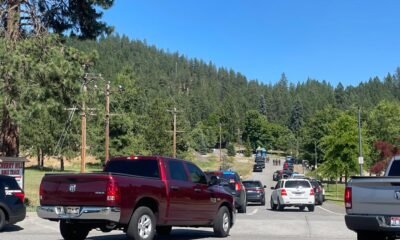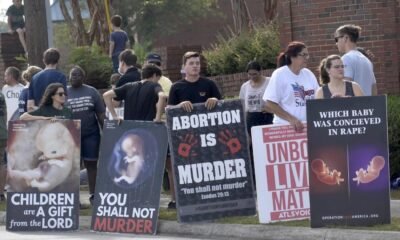aerospace
NASA Astronauts Face Year-Long Stay at Space Station: Key Details

CAPE CANAVERAL, Fla. — NASA is currently evaluating the best course of action for returning astronauts Butch Wilmore and Suni Williams from the International Space Station. Their mission, which began in early June, surpasses the originally planned duration of eight days and is approaching the two-month mark, with the potential of stretching to eight months.
The astronauts were initially scheduled to return aboard Boeing’s Starliner capsule, but repeated delays and technical issues have cast doubt on this plan. Testing continues on the Starliner, with Boeing confident in its spacecraft, though NASA remains divided. A decision is anticipated next week regarding their return logistics.
During its latest mission, the Starliner faced significant technical challenges, including a leak in propulsion-related plumbing and multiple thruster failures. After two months of investigation, engineers have yet to identify the root cause of these issues, raising safety concerns about the spacecraft’s ability to return the astronauts safely.
In an emergency, NASA asserts that the Starliner could still function as a lifeboat for Wilmore and Williams. However, discussion is ongoing about the possibility of using SpaceX’s Dragon capsule for their return, which would necessitate freeing up docking space at the station. This decision causes an extended stay for the astronauts until February, should they be accommodated on a SpaceX mission next year.
NASA’s contingency planning includes potentially bumping two astronauts from an upcoming SpaceX mission to make room for Wilmore and Williams. Meanwhile, both astronauts are occupied with ongoing repairs and scientific research on the ISS while they await NASA’s decision.
The space station has sufficient supplies and resources to sustain its current nine-person crew, including Wilmore and Williams. Recent supply missions have delivered necessary provisions, ensuring that the crew remains well-supported.
NASA’s commitment to using Boeing’s Starliner remains strong, seen as a necessary backup to SpaceX for transporting crews to and from the ISS. This dual-provider approach seeks to ensure mission continuity and cost efficiency. Despite setbacks, NASA and Boeing are determined to resolve the Starliner’s technical issues and maintain its role in astronaut transport.
Boeing, for its part, maintains that the Starliner is capable of safely returning the astronauts and remains confident in the extensive testing it has conducted. The company has faced numerous challenges with Starliner but is committed to resolving its issues and reaffirming its place in the aerospace industry.

















